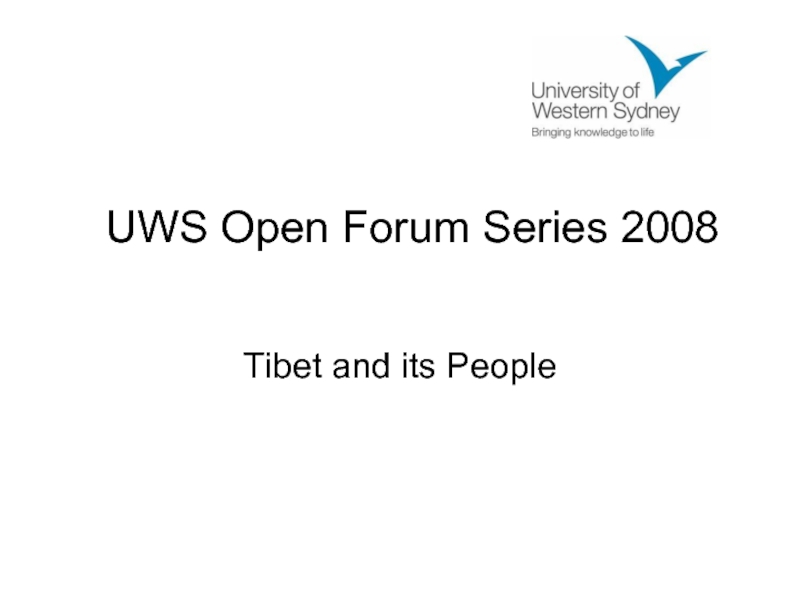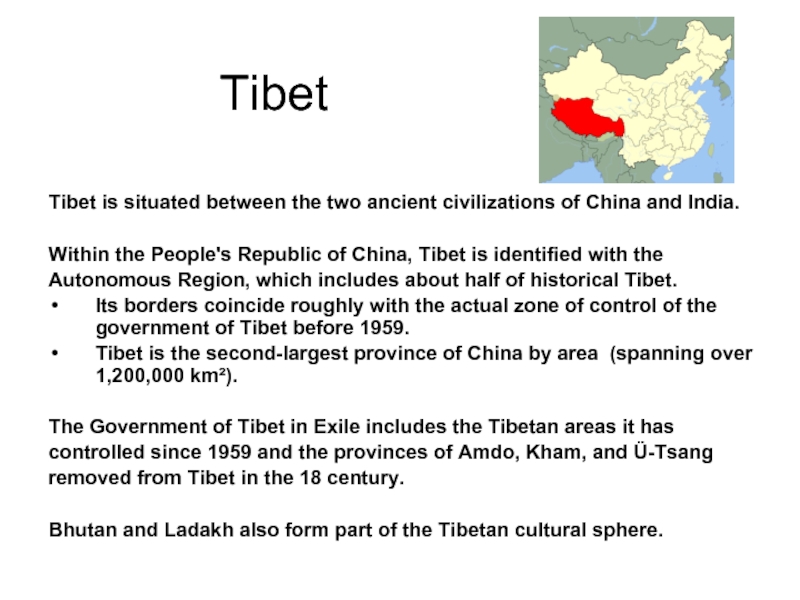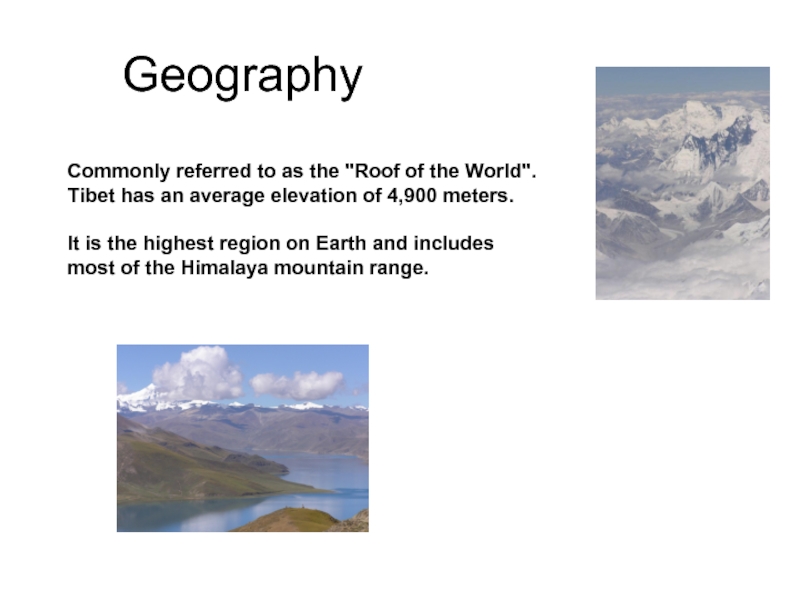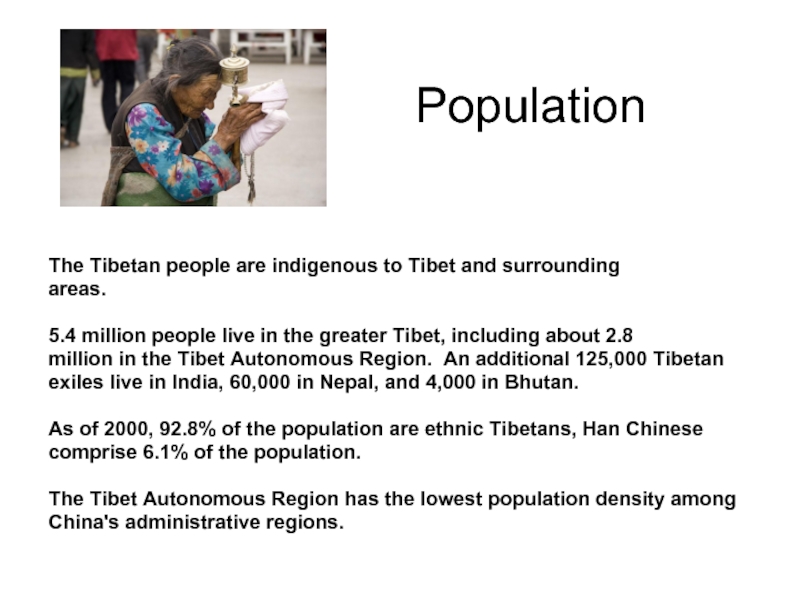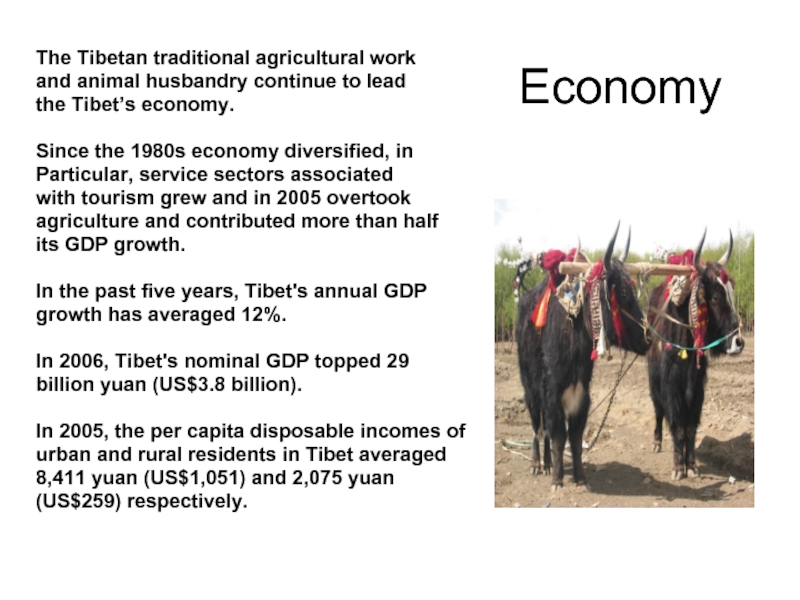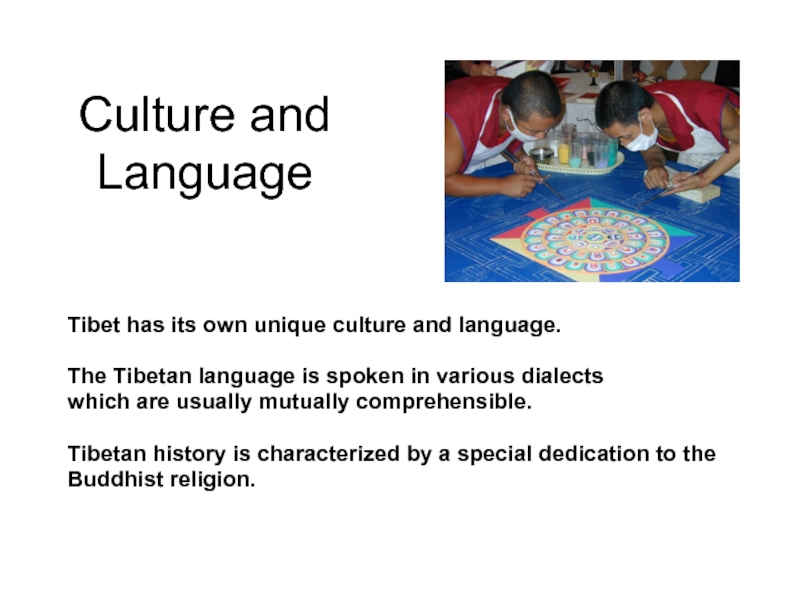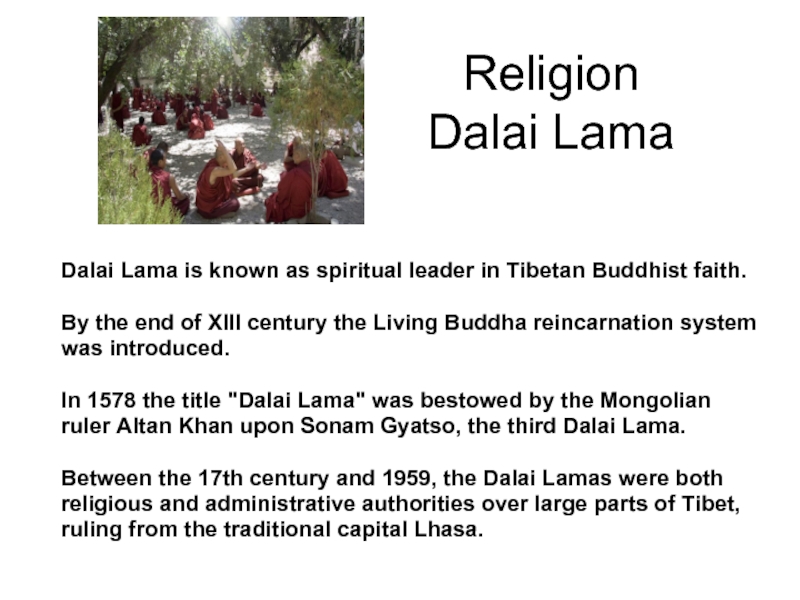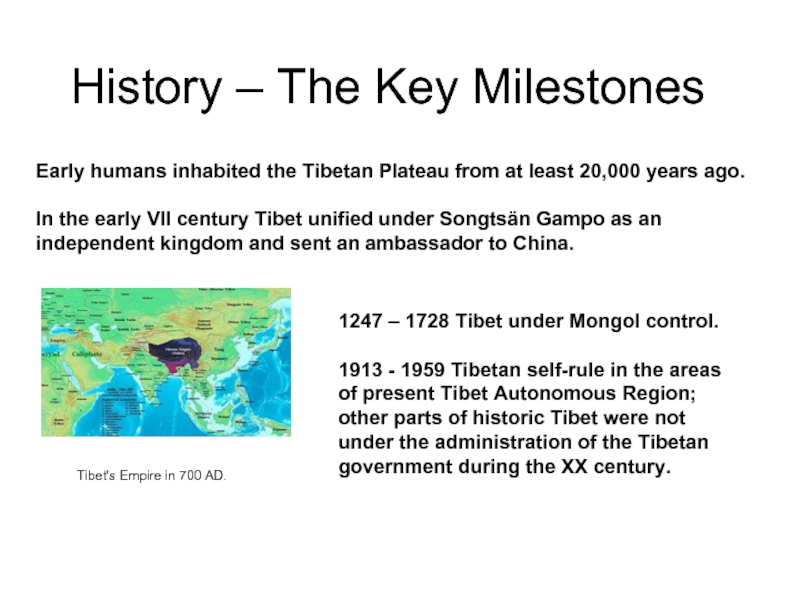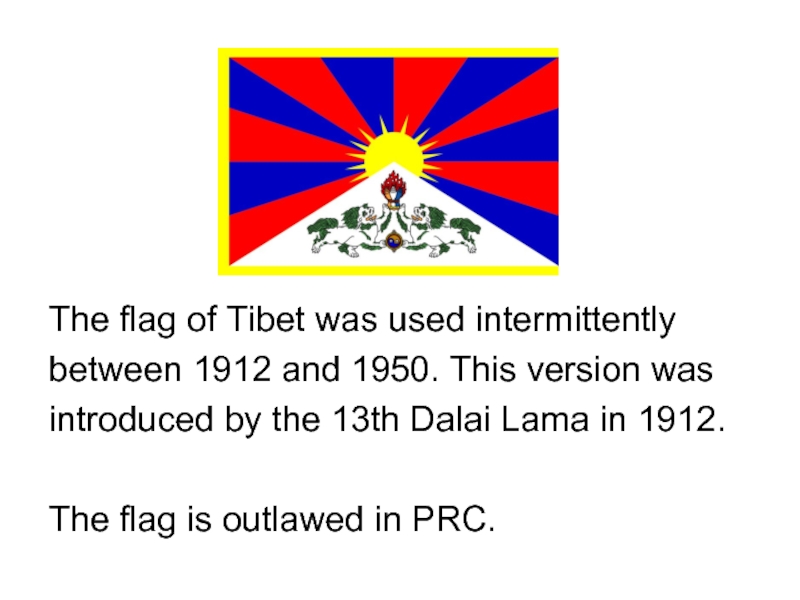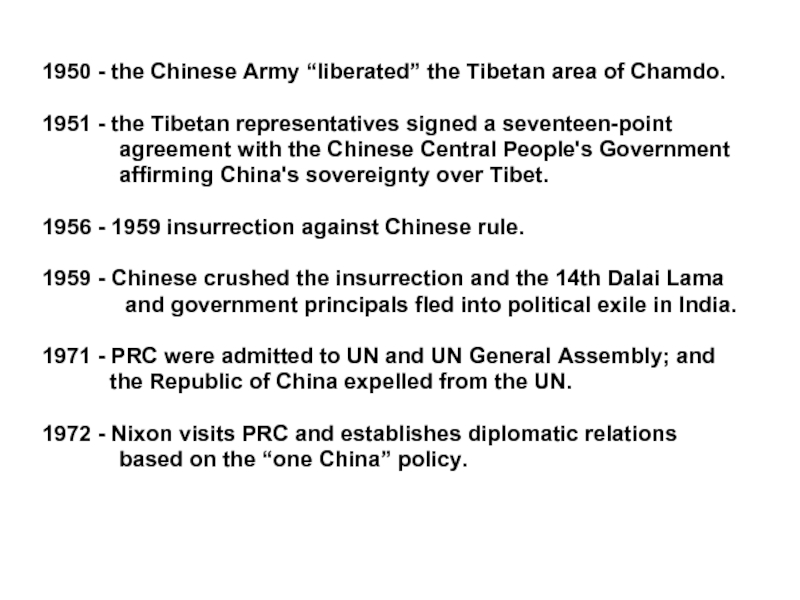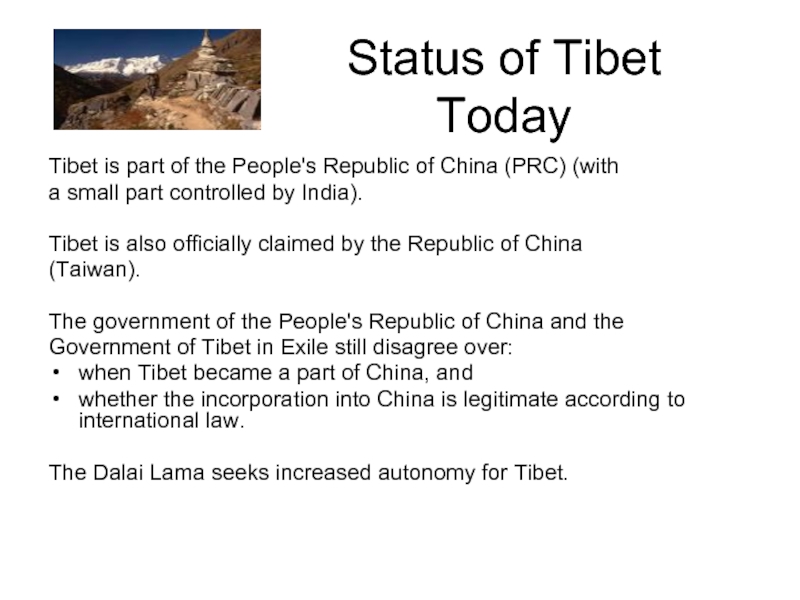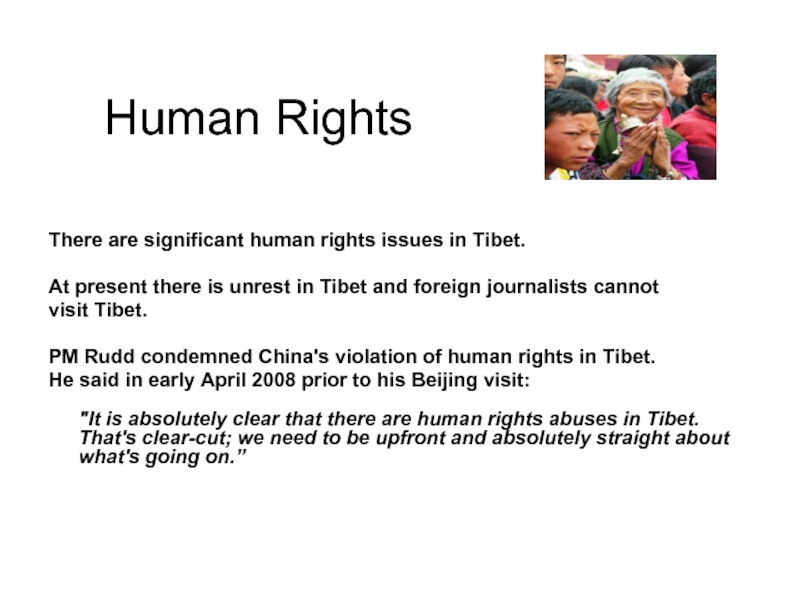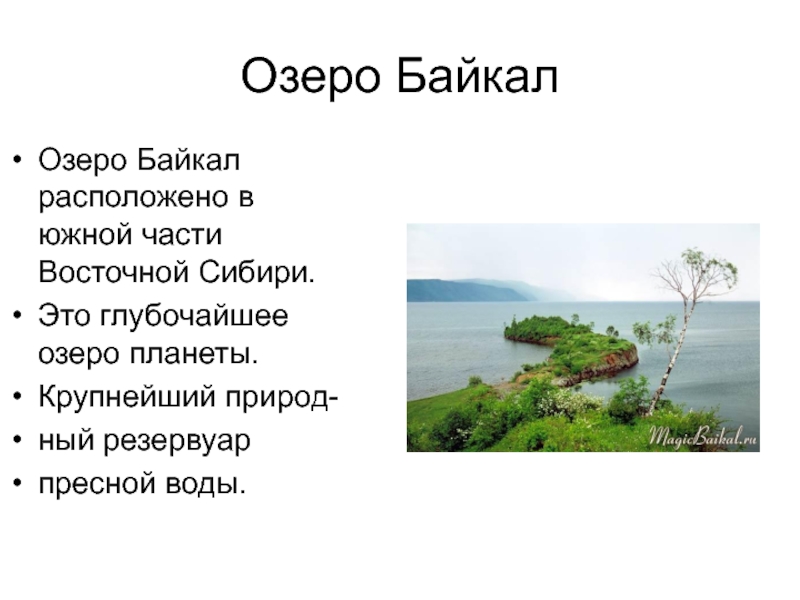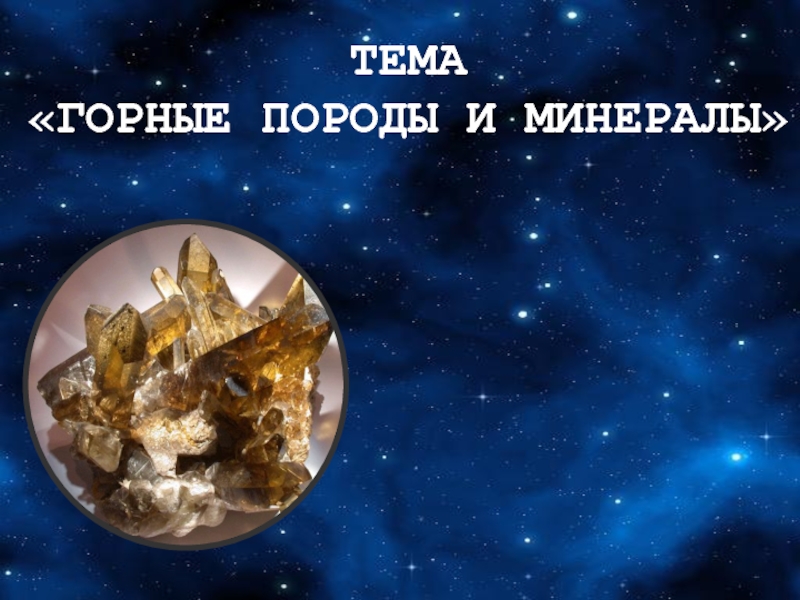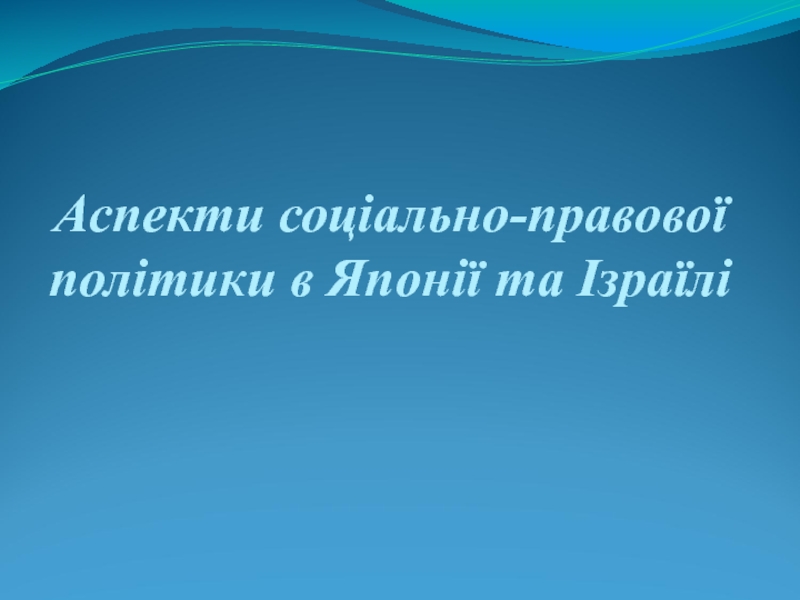- Главная
- Разное
- Дизайн
- Бизнес и предпринимательство
- Аналитика
- Образование
- Развлечения
- Красота и здоровье
- Финансы
- Государство
- Путешествия
- Спорт
- Недвижимость
- Армия
- Графика
- Культурология
- Еда и кулинария
- Лингвистика
- Английский язык
- Астрономия
- Алгебра
- Биология
- География
- Детские презентации
- Информатика
- История
- Литература
- Маркетинг
- Математика
- Медицина
- Менеджмент
- Музыка
- МХК
- Немецкий язык
- ОБЖ
- Обществознание
- Окружающий мир
- Педагогика
- Русский язык
- Технология
- Физика
- Философия
- Химия
- Шаблоны, картинки для презентаций
- Экология
- Экономика
- Юриспруденция
Tibet and its People презентация
Содержание
- 1. Tibet and its People
- 2. Tibet Tibet is situated between the two
- 3. Commonly referred to as the "Roof of
- 4. Population The Tibetan people are indigenous to
- 5. The Tibetan traditional agricultural work and
- 6. Tibet has its own unique culture
- 7. Religion Dalai Lama Dalai Lama is
- 8. History – The Key Milestones Early
- 9. The flag of Tibet was used intermittently
- 10. 1950 - the Chinese Army “liberated” the
- 11. Status of Tibet Today Tibet is part
- 12. There are significant human rights issues in
Слайд 2Tibet
Tibet is situated between the two ancient civilizations of China and
Within the People's Republic of China, Tibet is identified with the
Autonomous Region, which includes about half of historical Tibet.
Its borders coincide roughly with the actual zone of control of the government of Tibet before 1959.
Tibet is the second-largest province of China by area (spanning over 1,200,000 km²).
The Government of Tibet in Exile includes the Tibetan areas it has
controlled since 1959 and the provinces of Amdo, Kham, and Ü-Tsang
removed from Tibet in the 18 century.
Bhutan and Ladakh also form part of the Tibetan cultural sphere.
Слайд 3Commonly referred to as the "Roof of the World".
Tibet has an
It is the highest region on Earth and includes
most of the Himalaya mountain range.
Geography
Слайд 4Population
The Tibetan people are indigenous to Tibet and surrounding
areas.
5.4
million in the Tibet Autonomous Region. An additional 125,000 Tibetan
exiles live in India, 60,000 in Nepal, and 4,000 in Bhutan.
As of 2000, 92.8% of the population are ethnic Tibetans, Han Chinese
comprise 6.1% of the population.
The Tibet Autonomous Region has the lowest population density among
China's administrative regions.
Слайд 5The Tibetan traditional agricultural work
and animal husbandry continue to lead
the Tibet’s economy.
Since the 1980s economy diversified, in
Particular, service sectors associated
with tourism grew and in 2005 overtook
agriculture and contributed more than half
its GDP growth.
In the past five years, Tibet's annual GDP
growth has averaged 12%.
In 2006, Tibet's nominal GDP topped 29
billion yuan (US$3.8 billion).
In 2005, the per capita disposable incomes of
urban and rural residents in Tibet averaged
8,411 yuan (US$1,051) and 2,075 yuan
(US$259) respectively.
Economy
Слайд 6
Tibet has its own unique culture and language.
The Tibetan language
which are usually mutually comprehensible.
Tibetan history is characterized by a special dedication to the
Buddhist religion.
Culture and Language
Слайд 7Religion
Dalai Lama
Dalai Lama is known as spiritual leader in Tibetan
By the end of XIII century the Living Buddha reincarnation system
was introduced.
In 1578 the title "Dalai Lama" was bestowed by the Mongolian
ruler Altan Khan upon Sonam Gyatso, the third Dalai Lama.
Between the 17th century and 1959, the Dalai Lamas were both
religious and administrative authorities over large parts of Tibet,
ruling from the traditional capital Lhasa.
Слайд 8History – The Key Milestones
Early humans inhabited the Tibetan Plateau from
In the early VII century Tibet unified under Songtsän Gampo as an independent kingdom and sent an ambassador to China.
Tibet's Empire in 700 AD.
1247 – 1728 Tibet under Mongol control.
1913 - 1959 Tibetan self-rule in the areas of present Tibet Autonomous Region; other parts of historic Tibet were not under the administration of the Tibetan government during the XX century.
Слайд 9The flag of Tibet was used intermittently
between 1912 and 1950.
introduced by the 13th Dalai Lama in 1912.
The flag is outlawed in PRC.
Слайд 101950 - the Chinese Army “liberated” the Tibetan area of Chamdo.
1951 - the Tibetan representatives signed a seventeen-point
agreement with the Chinese Central People's Government
affirming China's sovereignty over Tibet.
1956 - 1959 insurrection against Chinese rule.
1959 - Chinese crushed the insurrection and the 14th Dalai Lama
and government principals fled into political exile in India.
1971 - PRC were admitted to UN and UN General Assembly; and
the Republic of China expelled from the UN.
1972 - Nixon visits PRC and establishes diplomatic relations
based on the “one China” policy.
Слайд 11Status of Tibet Today
Tibet is part of the People's Republic of
a small part controlled by India).
Tibet is also officially claimed by the Republic of China
(Taiwan).
The government of the People's Republic of China and the
Government of Tibet in Exile still disagree over:
when Tibet became a part of China, and
whether the incorporation into China is legitimate according to international law.
The Dalai Lama seeks increased autonomy for Tibet.
Слайд 12There are significant human rights issues in Tibet.
At present there is
visit Tibet.
PM Rudd condemned China's violation of human rights in Tibet.
He said in early April 2008 prior to his Beijing visit: "It is absolutely clear that there are human rights abuses in Tibet. That's clear-cut; we need to be upfront and absolutely straight about what's going on.”
Human Rights
